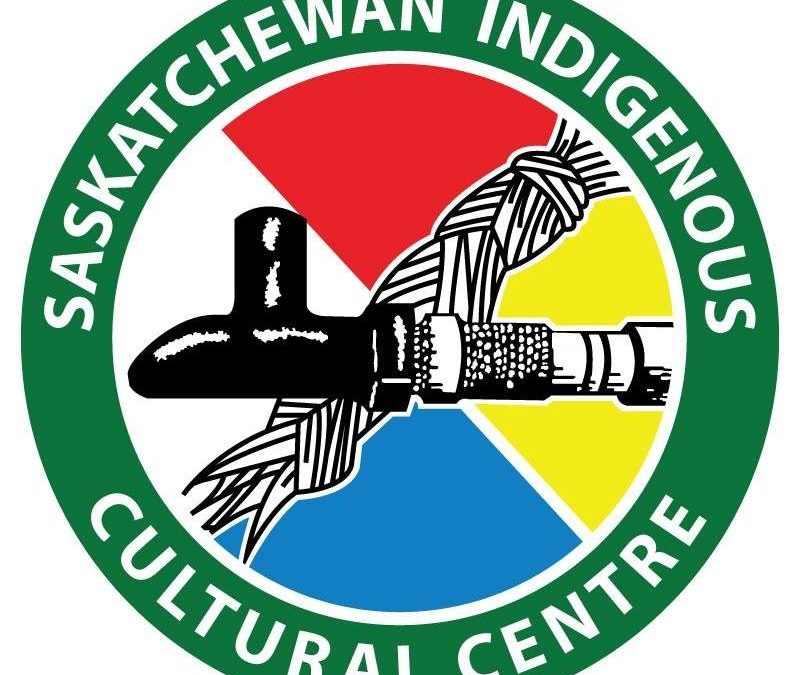Earlier this week the Canadian Press did an interview with new Federal Languages Minister Ginette Pettipas-Taylor to discuss her new role. During the interview, Pettipas-Taylor said the Liberal government is committed to protecting Indigenous languages and to ensuring these languages are not “erased.”
For a couple of Indigenous languages educators in the province, this may not go far enough.
Garry Anaquod, the special projects coordinator for the Saskatchewan Indigenous Cultural Centre, says he appreciates the minister’s sentiment but says Indigenous languages need to thrive instead of just not going extinct.
“Our goal and I think it is more widely appreciated in the government and Heritage Canada… is that we want our languages to thrive,” Anaquod told MBC News on Thursday. “It is not enough for them simply not to become extinct, but we want them to be living vibrant languages widely used in our communities.”
8 Indigenous languages are spoken in Saskatchewan – Plains Cree, Woodland Cree, Swampy Cree, Lakota, Dakota, Nakota, Saulteaux and Dene.
“We want to make sure these languages thrive and we have teachers for all of these languages,” said Anaquod adding the Nakota and Lakota languages are really struggling with only one mother tongue teacher in those languages. “Even the languages that are widely spoken in this province are declining in the number of speakers, so we have to change that.”
Census data has shown a decline in Indigenous Canadians who could converse in an Indigenous language: 21 percent said they could in 2006, with that number dropping to 17 percent in 2011 and a drop again to 15.6 percent in 2016.
Uptake of Indigenous language use in federal politics and affect of Indigenous Languages Act
Recently the country has seen an uptick in the use of Indigenous language at the House of Commons.
During this week’s throne speech, Governor-General Mary Simon spoke in Inuktitut for a portion of the address. Also, Nunavut MP Lori Idlout chose to take her parliamentary oath in Inuktitut. In her interview with the Canadian Press, Pettipas-Taylor says these are things she supports and is hoping to see more Indigenous languages used in the House.
The federal Indigenous Languages Act was also passed by the Liberal Government in 2019 and while Anaquod says this legislation has been a positive step in the right direction he believes there still isn’t enough funding in place to help bolster programs that help Indigenous languages thrive.
“It is better funded than it used to be in years past, but it is really never quite enough,” said Anaquod.
He says Saskatchewan received less than half a million dollars this past fiscal year for Indigenous language programming.
“That’s not going to be enough to revitalize our language,” said Anaquod.
Anaquod believes an increase in Indigenous language teachers, the production of Indigenous language dictionaries, and the development of more Indigenous Language immersion programs in the province would help Indigenous languages thrive, but without the funding in place these things may not be attainable.
“Unless our young people learn to speak (Indigenous languages) and have opportunities widely available to learn to speak them, yes we may not go extinct, but we are not going to thrive and that is what we want,” said Anaquod. “We are not asking for anything extraordinary, but this is something, in the Canadian context, that we should expect.”
Saskatchewan has one full Cree immersion program at St. Francis School in Saskatoon. A few Dene immersion programs are available in La Loche as well.
Currently, organizations like the SICC rely on Indigenous lobby organizations including the FSIN and AFN to convince governments to provide Indigenous language programs with more money.
SICC is set to launch an early childhood and daycare language program at the request of the FSIN.
Anaquod’s comments were echoed by his colleague Priscilla St. John, a language specialist with the SICC.
“Each one of us needs the tools to work together and to teach the language,” St. John added in the conversation with MBC News.
St. John says a head-start daycare curriculum will be launched in the new year that can help teach children under the age of five an Indigenous language. St. John says the FSIN Health Department asked the SICC to develop the curriculum for all Saskatchewan First Nations early learning programs. She says the early childhood education program will be adaptable to individual communities to address their specific language needs.
“Elders, parents, and everyone is involved, with your own community, with your own dialects,” said St. John. “We want to see Indigenous languages in our community every day.”
Garry Anaquod finished the conversation with MBC News by putting out a call for young people to consider becoming Indigenous language teachers.
“Think about going to get your education degree and specializing in Indigenous languages, because we sure need you too,” he said.
